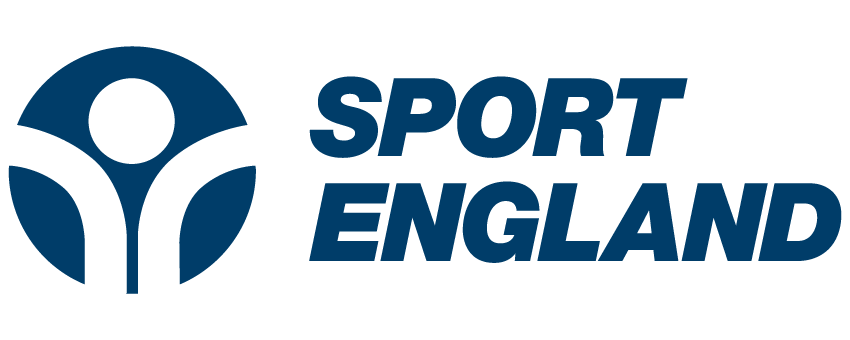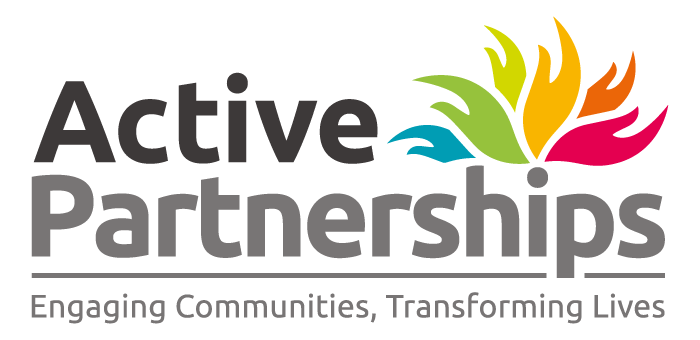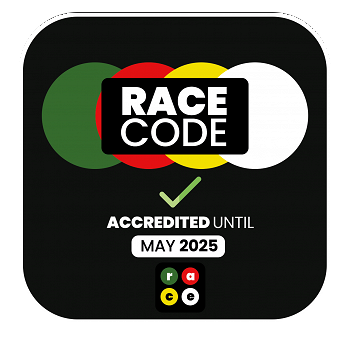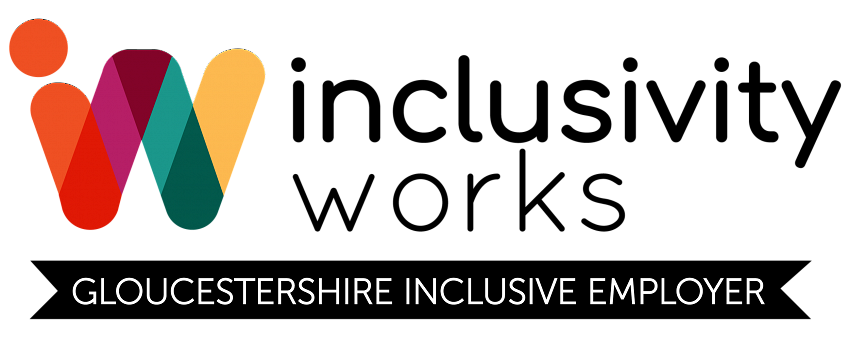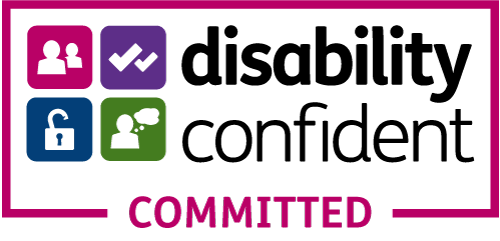From compliance to culture – rethinking our diversity and inclusion action plan
City Works, Alfred Street, Gloucester, United Kingdom, GL1 4DF
JOIN THE MOVEMENT
Join usand receive the latest news
By Geetha Dean
Ticking the boxes
In 2017, as part of Sport England’s new mandatory Code for Sports Governance, all organisations in receipt of funding from UK Sport or Sport England were provided with guidance to help them create and implement a diversity action plan, which would facilitate their compliance with the Code’s diversity requirements.
Using this guidance and the template provided, we developed a plan that focused on:
- increasing diversity on our board
- communicating our actions around diversity
- developing a strong internal pipeline of diverse talent.
We created short, medium and long-term priorities, assigned responsibilities and held regular progress checks and were diligent in our efforts to meet the Code’s requirements. However, on reflection, had we adopted a different approach to creating and implementing the plan, could it have been even more impactful? The answer, I suspect, is yes.
Although we worked hard to engage employees during the process, understandably, due to time constraints, our consultation with staff was limited and they were more often than not, informed of their actions, rather than involved in discussions about them beforehand. Priorities and initiatives were focused a little more on easier-to-implement changes rather than long-term cultural transformation. And whilst the plan involved some data collection, it was not heavily insight-driven and lacked robust monitoring and evaluation mechanisms, making it harder to track progress and demonstrate impact.
In hindsight, it feels like the first iteration of our diversity and inclusion action plan (DIAP) whilst a valiant jumping off point, was perhaps slightly more compliance driven than culture led and that we may therefore have missed opportunities to embed equality, diversity and inclusion (EDI) across our organisation.
The death of George Floyd: a catalyst for change
Fast forward to 2023 and we were in an entirely different place. The killing of George Floyd in 2020 not only proved a watershed moment for society – but it profoundly impacted our organisation too.
It ignited passionate debate within our team around our commitment to ethnically diverse communities and more widely to tackling inequality, which lies at the heart of our organisational mission. It prompted us to review our communications, processes and culture and better understand how we could support underrepresented communities.
Our appetite for EDI had transformed – it was no longer a nice to have but a strategic business imperative linked to the delivery of our mission to tackle inequalities.
And so, when in 2021, Sport England and UK Sport announced changes to strengthen the Code, including ensuring all bodies in receipt of substantial public funding had an ambitious DIAP, we knew we had an opportunity to convene our workforce around the plan, capitalise on their energy and enthusiasm and drive real and sustainable change across our organisation.

Beyond compliance – creating a culture of inclusion and belonging
During 2023, we began to review our DIAP with the help of AKD Solutions, an organisational change consultancy – assigned to us by Sport England, who helped to steer us through the process. We openly discussed what we believed were missed opportunities with the first plan and determined that to avoid making the same missteps, our new plan should be underpinned by five guiding principles.
- Insight driven
We knew if we were to really turn the dial on EDI, we would need to gather data and insight to help us understand our current position and capture our baseline across our three ambitions. Subsequent analysis of this data would help us establish trends, identify and address any underrepresentation and areas for improvement and set meaningful targets to help us move forward.
- Employee engagement
We wanted our staff and board to be partners in the process, not just recipients, knowing that their buy-in was paramount if the DIAP was to be successful. And so, from the outset, we coproduced the plan with them. We sought their input and advice on what they thought our ambitions and priorities should be. We shared our progress with them and invited feedback and challenge through various forums including collaboration days, lunch and learns and our EDI steering and champions groups. We navigated challenges and pushback together and tried to convene safe spaces where colleagues felt their voices could be heard.
- Clear ownership
In order to really embed the plan and EDI across our organisation, we want responsibility and accountability for the DIAP to be threaded throughout the organisation. To that end, all staff have a dedicated role in delivering the plan – whether they’re implementing actions, providing feedback or reviewing and monitoring the plan’s progress. From our board chair to our communications, operations and insight teams, as well as our specialists, project officers and EDI leads – everyone has a part to play in ensuring its success and for creating sustainable change within our organisation.
- Leadership commitment
Our revised DIAP has strong and visible backing from our board and senior leadership team. Our board EDI champion and chief executive have written opening statements, introducing the plan and our board chair and champion regularly meet with our EDI leads to discuss the plan’s progress, along with any significant challenges or wins we may have experienced. Each of our trustees have also set their own EDI objective as a way of demonstrating their commitment to Active Gloucestershire’s EDI journey.
- Monitoring, evaluation and learning
We’ve built robust monitoring, evaluation and learning mechanisms into our plan to track progress and highlight where actions have stalled. For each action we’ve documented how it will be measured and what success will look like, helping us to get clear on what we need to produce in order to attain our outcomes.
We’ve also established a regular reporting schedule, ensuring that our trustees, staff and external stakeholders are kept informed of our plan’s progress and that we’re held accountable for any areas of inaction.
And finally, we hold quarterly review meetings with key internal stakeholders to consider the plan’s impact and whether any tweaks or revisions to the plan may be required.
Conclusion
The process of revising our DIAP has not been without its challenges. We’ve had to manage our own expectations and those of others, we’ve had to grapple with capacity issues and respond to questions and pushback from the team. But we acknowledge, that our plan is a live document, one that’s continuously adapting to feedback and that will evolve as we learn from the challenges we face and missteps we may make.
What we know with certainty however, is that within our organisation, there is a palpable energy around EDI – a real commitment from our entire workforce to drive change and create a more equitable, diverse and inclusive organisation. For us now, compliance is the starting point, not the finishing line. By embedding EDI into the fabric of our organisation, we hope to not only meet our legal requirements but to also unlock the full potential of our workforce and build a stronger, more resilient future.
We hope you enjoyed this blog. Check back for the next instalment of our blog series.

